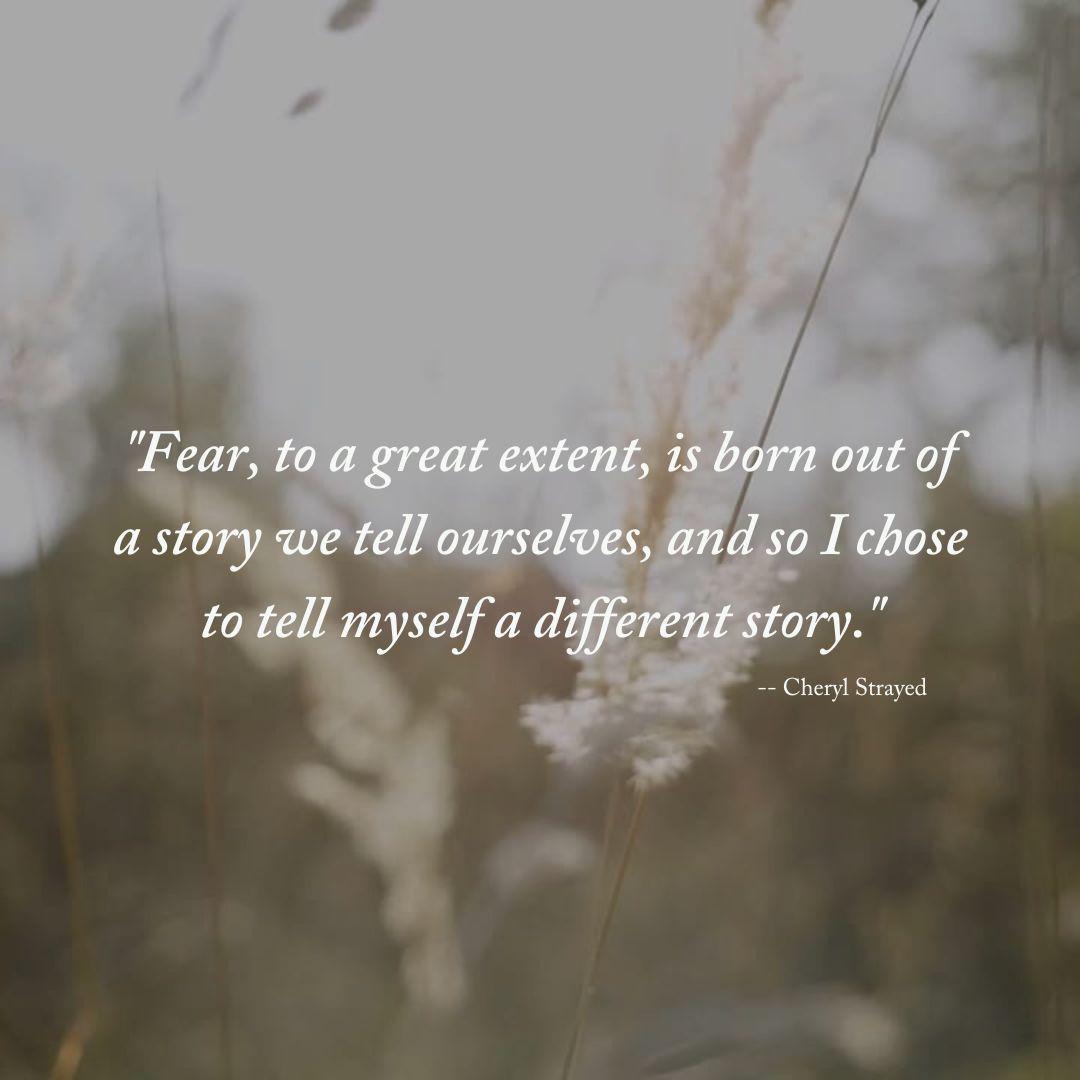Understanding Fear
Fear is a natural response to a perceived threat. While fear keeps us safe in situations of real danger, sometimes it can be rooted in imagined outcomes or stories we tell ourselves. Let's explore how fear shows up in your life and how to create space for clarity and action.
Types of Fear:
- Productive Fear: Responds to real threats and keeps us safe.
- Problematic Fear: Driven by uncertainty and often manifests in anxiety, worry, or panic about future unknowns.
In situations where a real threat exists, like avoiding a car accident or reacting to a dangerous situation, fear can be life-saving. It sharpens our focus, heightens our senses, and enables quick decision-making. This is called productive fear—fear that responds appropriately to real and immediate threats.
However, fear doesn't always stem from something real or present. Often, fear arises from imagined or anticipated outcomes, based on uncertainties about the future or stories we create in our minds. This type of fear—problematic fear—can cloud our judgment and limit our potential. It shows up as anxiety, worry, or panic about things that might happen, even if they never do.
For example, you might be afraid of failure, rejection, or the unknown. These fears are often based on "what if" scenarios, not actual danger. Our minds are incredibly powerful, and they can create convincing stories about worst-case outcomes, causing us to feel as if those scenarios are inevitable.
When problematic fear arises, it can cause your brain and body to disconnect, leading to physical, emotional, and mental symptoms like difficulty sleeping, mood swings, or racing thoughts. The goal is to recognize and break this fear cycle.
Grounding in the Present
By reconnecting to your body and senses, you can activate your parasympathetic nervous system, calming your mind and helping you feel more grounded. Here are some examples:
- Yoga – Activates your body and resets the mind.
- Breath work – Helps integrate both hemispheres of the brain, calming the nervous system.
- Sensory rituals – Lighting a candle, making tea, or wrapping yourself in a cozy blanket.
- Nature – Walking barefoot or simply spending time in a calming outdoor space.
What are some calming activities that allow you to be in the moment?
Moving Through Fear with Action:
To move through fear, action is key. Tim Ferriss’ Fear Setting exercise helps you explore the potential outcomes of taking action, assess worst-case scenarios, and weigh them against the benefits of moving forward.
Step 1: Define Your Fear
Write down the specific fears you have about taking action. Be detailed—fear thrives in the shadows, and the more specific you are, the more you take back your power.
Step 2: Prevent the Fear
How can you reduce the likelihood of these fears coming true?
Step 3: Repair the Situation
If the worst happens, what could you do to recover or get back on track?
Step 4: Assess the Benefits of Action
What might be the positive outcomes of trying, even if it’s just a partial success?
Step 5: Consider the Consequences of Inaction
What happens if you don’t take action? What could be the costs over time (relational, financial, physical, mental, or emotional)? Consider the ripple effect of inaction over 3 months, 6 months, and a year.
Benefits of This Practice:
- You gain clarity on your fears and realize how they may have been holding you back.
- You can see how action, even small steps, can move you forward.
- You learn that the worst-case scenarios rarely occur and that you are more resilient than you think.
- The benefits of trying are often greater than the fear of the unknown.
By working through this process, you can take back control from fear and start moving toward the life you want, one step at a time. What are the costs of staying where you are? What might be the rewards of moving forward? You have more courage within you than fear would let you believe.
This practice should provide a gentle but structured way to explore fear, recognize its hold, and plan actionable steps to move forward.



